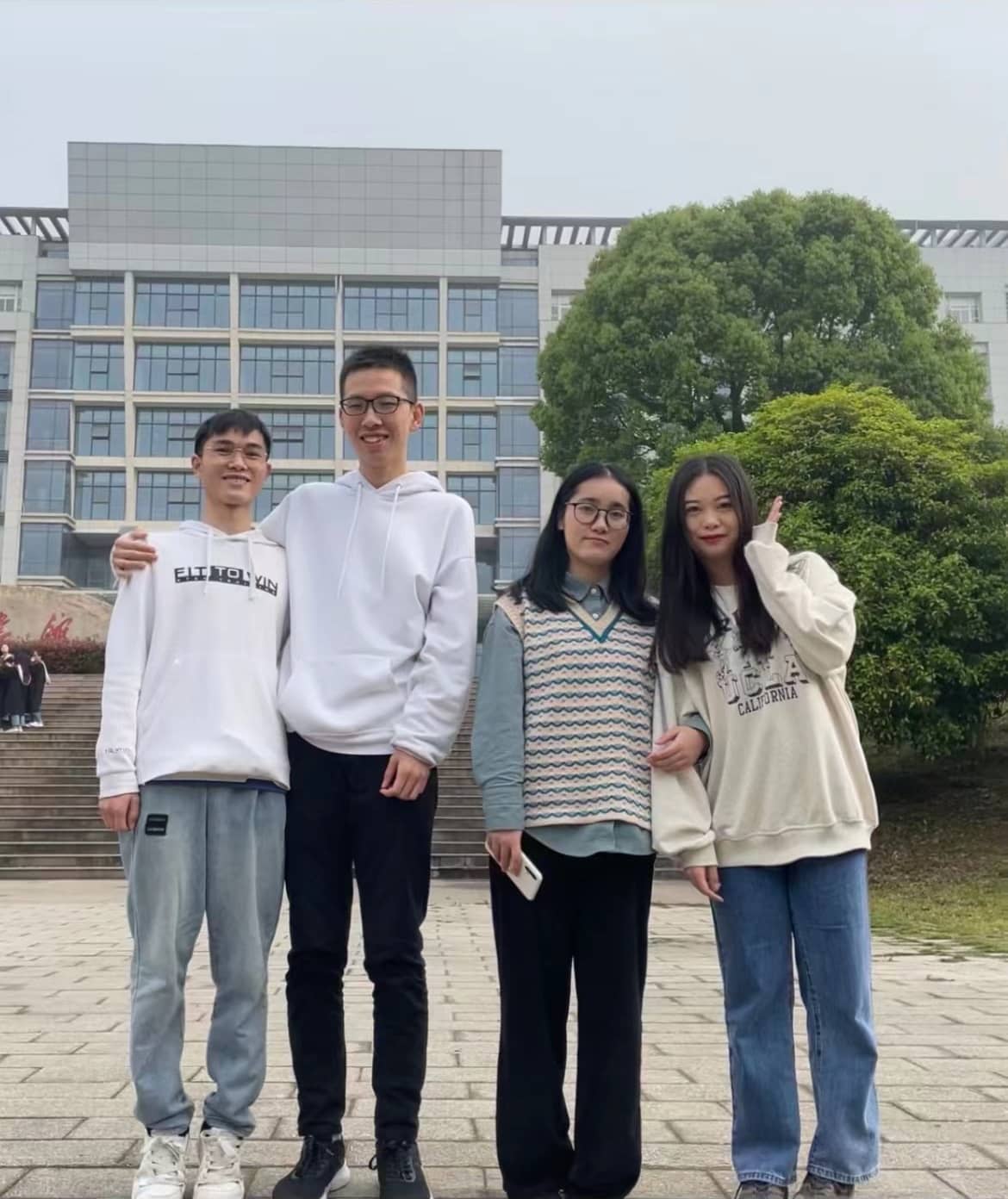Brief introduction
My bachelor’s was a dynamic exploration of the human mind and behavior.
I received third-class scholarships based on my academic performance in the top 15% of all students in my class with a final GPA of 3.51. I completed fundamental courses, including human anatomy and physiology, cognitive psychology, health psychology, and research methodologies. Throughout my undergraduate studies, I conducted extensive surveys, gathered and analyzed large amounts of data, and collaborated closely with others.
A major highlight of my bachelor’s program was my thesis, Narrative Metaphors in Fairy Tales: An Embodied Cognition Perspective, for which I received the Outstanding Thesis award. I tried to explain the narrative metaphors in fairy tales using the embodied cognition perspective, which postulates that physical behaviors are the basis for cognition. It enabled me to integrate my interest in decoding behavioral mechanisms. To collect behavioral data for my thesis, I built an online experiment platform utilizing PHP, PsychoJS, and MariaDB.
Apart from my thesis work, I have actively participated in other research projects. I assisted with the social network analysis, investigating the relationship between school bullying and its underlying causes in a sample of about 6,000 participants. Besides, my involvement in a book chapter entitled 2019 Report on Primary School Teacher Preparation in Hubei Province included analyzing large-scale questionnaires, interpreting massive and complex quantitative results, and summarizing reports within a group, all of which contributed to useful and current information for policymakers. Through my research experience, I gained a considerable level of expertise in NVivo, SPSS, JASP, PsychoPy, Mendeley, and EpiData.
Beyond academics, my university years were also filled with meaningful friendships. I met Jiaxin and Chengjin in my first year and Si during my second year. Throughout the course of our studies and lives, we completed group projects, brainstormed ideas, and supported each other. Our bond has continued over the years.
One of my memorable course projects
Our final project for the Research methodologies course was among the most notable projects in my undergraduate years. During our brainstorming sessions, we noticed a concerning increase in violent attacks and other malbehaviors among Chinese adolescents, with socioeconomic status significantly influencing substance abuse and unsafe sexual behaviors. Yet another gap was the fact that risk education was not in the Chinese education system, which might have fostered risk-taking behaviors among adolescents. This motivated us to investigate whether a school-based education program could mitigate these risky behaviors.
We decided to evaluate our ideas by interviewing school teachers to get their opinions before starting the project. Then, Si drafted an interview proposal and Chengjin connected with several school teachers. Conducting interviews with these teachers further strengthened our confidence in the necessity of risk education. With our preparation finished, I took charge of programming two tasks to assess risk behavior tendency and propensity using Python and PsychoPy, including the Balloon Analog Risk Task (BART) and the Chicken game. After discussion, we just took BART for its convenience and high reliability.
We recruited participants and conducted preliminary measurements. Then, Jiaxin and Si designed the education program. Subsequently, we randomly divided the participants into two groups. After that, we were all involved in executing the program and collecting posterior measurement data. Everyone was working hard and the communication was great. At the end of the program, I analyzed the data and then we co-authored the report. Finally, we received excellent grades for the cclass.
As a team, we demonstrated our ability to work cohesively and tackle societal issues in this project.
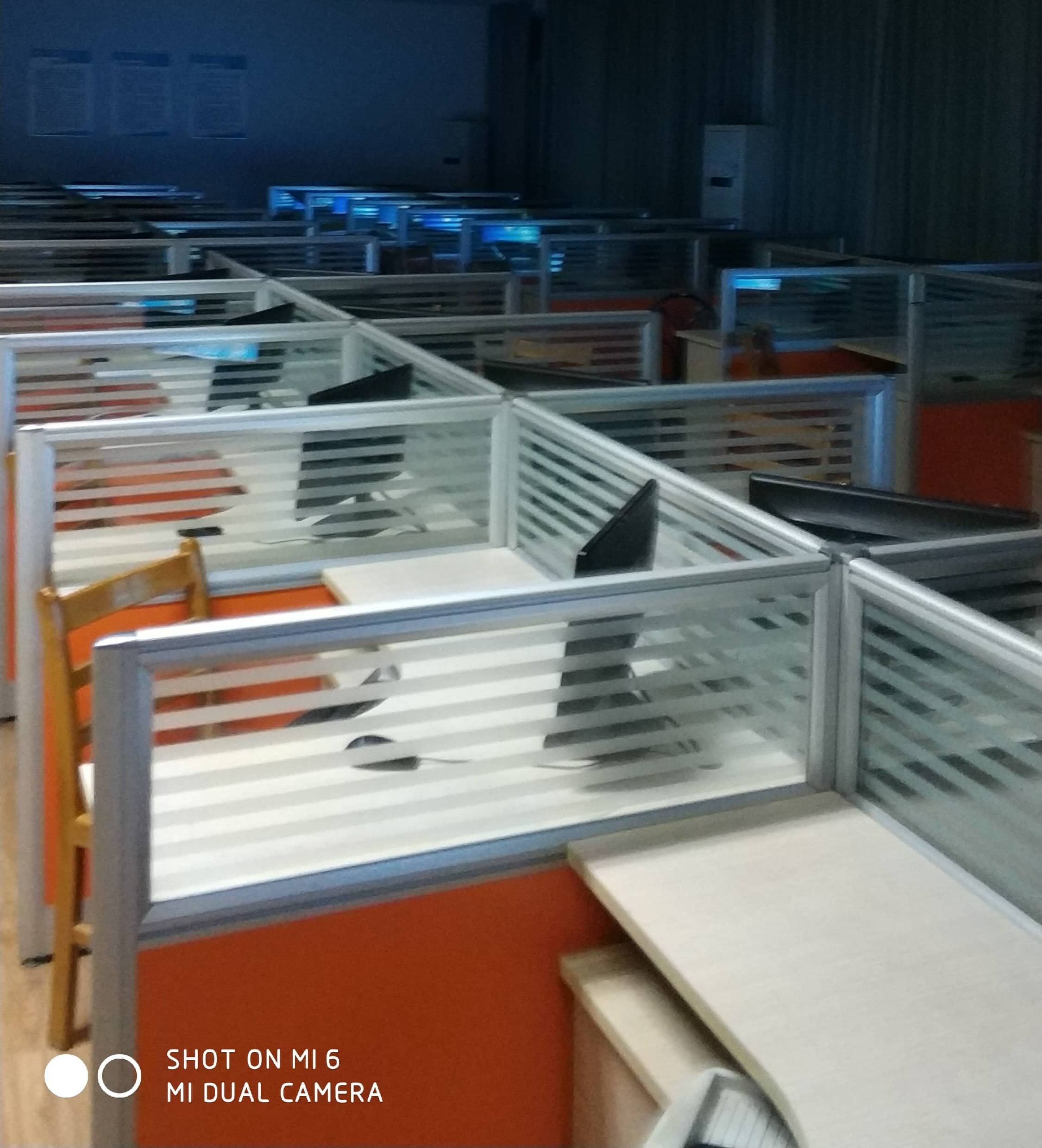
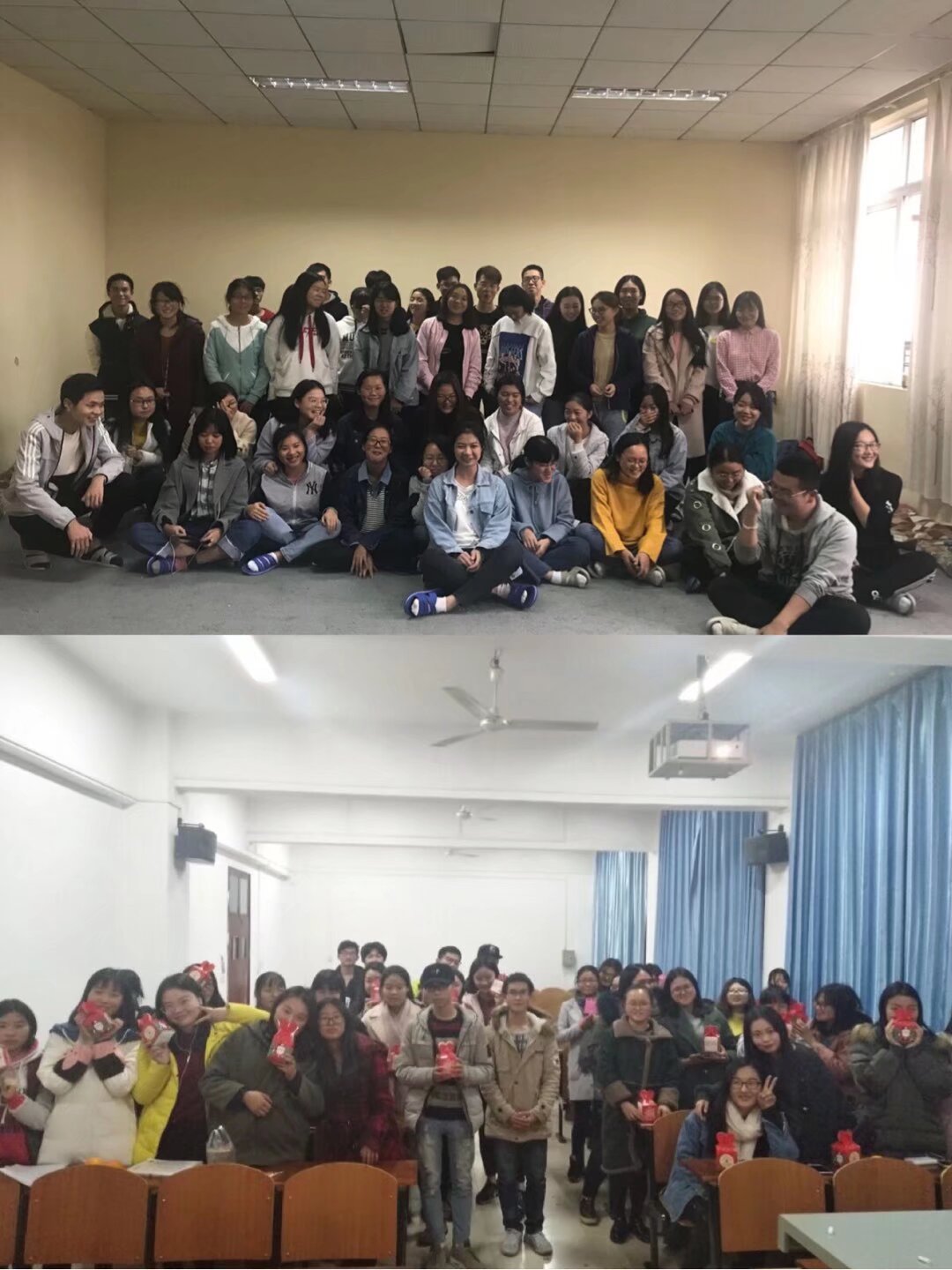

One of my memorable research project
It was my first major collaborative project with a heavy workload that stands out as one of the most memorable research experiences focusing on teens’ well-being. We wanted to conduct meaningful, impactful research utilizing the resources provided by my university. After extensive brainstorming sessions and advice from Dr. Wu, Dr. Fan, and Dr. Liu, we decided to concentrate on investigating the well-being of school children. I conducted a systematic literature review with CiteSpace to narrow down the scope of this project and propose the research hypothesis. In our proposal, we laid out the steps to our research project through detailed planning.
Our approach was unconventional yet insightful. Rather than encouraging students to express the views parents or teachers wanted them to, we wanted to reveal the unfiltered experiences and thoughts of these pupils. Children may respond to questionnaires in socially expected ways. While face-to-face interviews may be more honest, it would result in less data and lower efficiency in the collection. Therefore, we modified the Day Reconstruction Method and opted to learn from student-written essays to obtain authentic insights into their lives.
Through countless discussions, we spent days gathering and digitizing data and source materials. We spent nights refining our hypotheses, revising the methodologies of the following steps, and performing data analysis. We even worked on the project during our holidays and free time. The workload was astonishingly large, but each of us contributed greatly and equitably.
Initially, we tried NVivo for qualitative analysis, but encountered too many challenges in collaboration and teamwork. As a solution, I developed an online platform to manage, archive, and analyze our digitalized data, serving as a replacement of NVivo. With my strengths in methodology and statistics, we made incredible progress in analyzing data, summarizing findings, and preparing manuscripts.
Starting in March 2019, we successfully collected over 800,000 Chinese characters worth of qualitative raw qualitative materials from a total of 1,900 sources including elementary school essays written by Hubei students.
We left Wuhan before the city was lockdown. Fortunately, all source data had already been digitized and loaded into the system. Our project continued despite the zero-COVID policy that restricted travel throughout China. With our digitized data, we were able to utilize text mining to extract key information and complete our first goal.

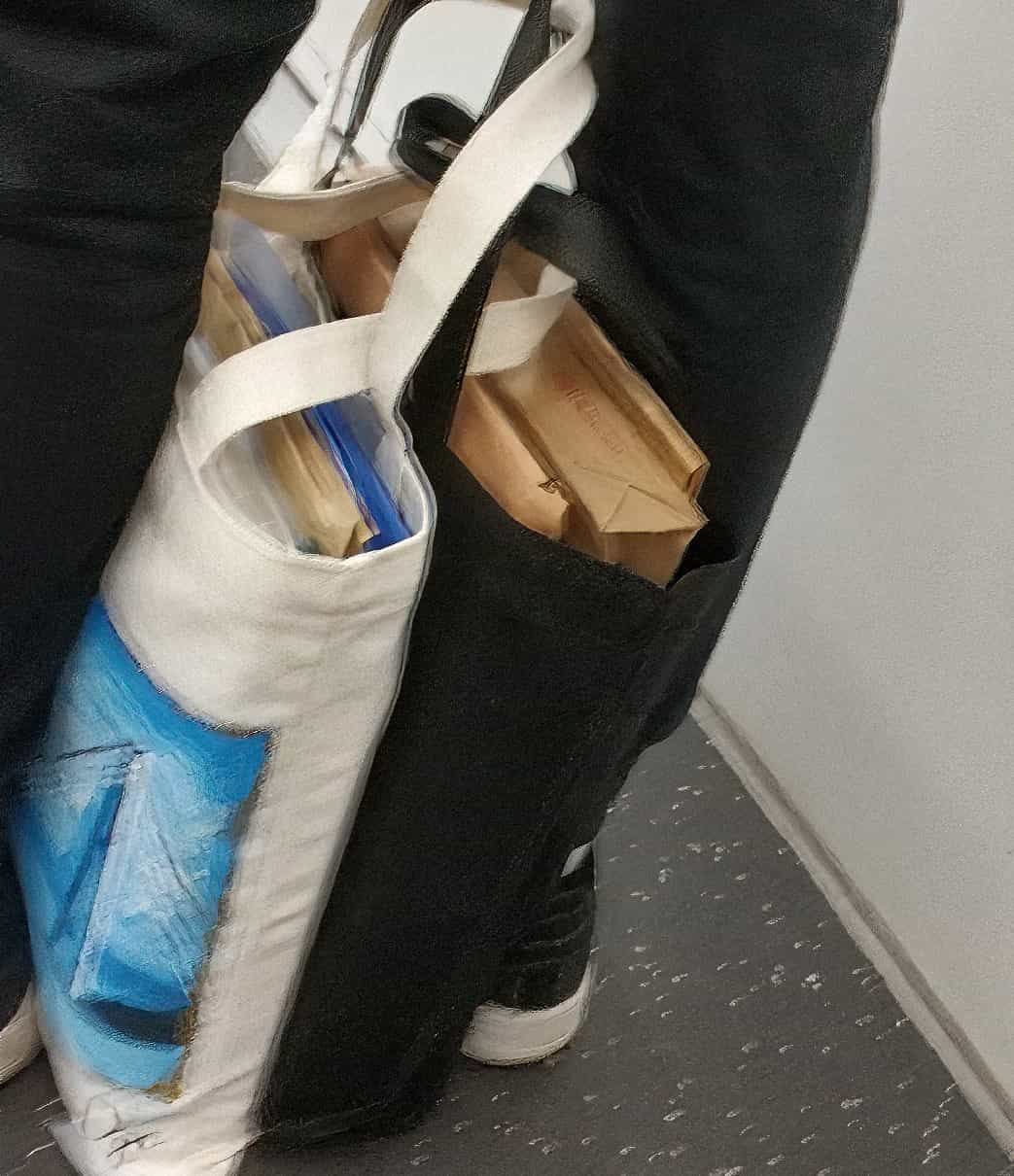
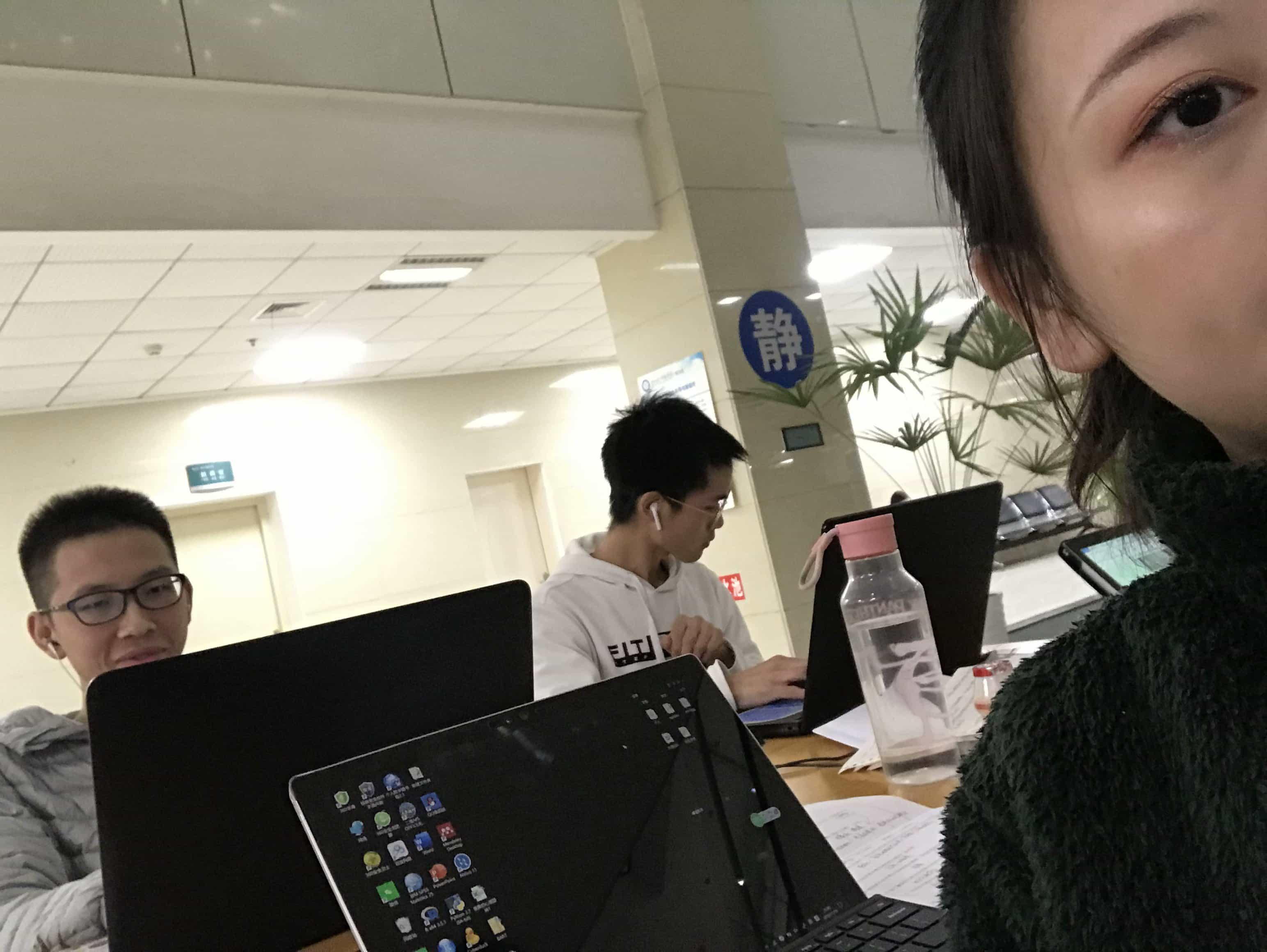
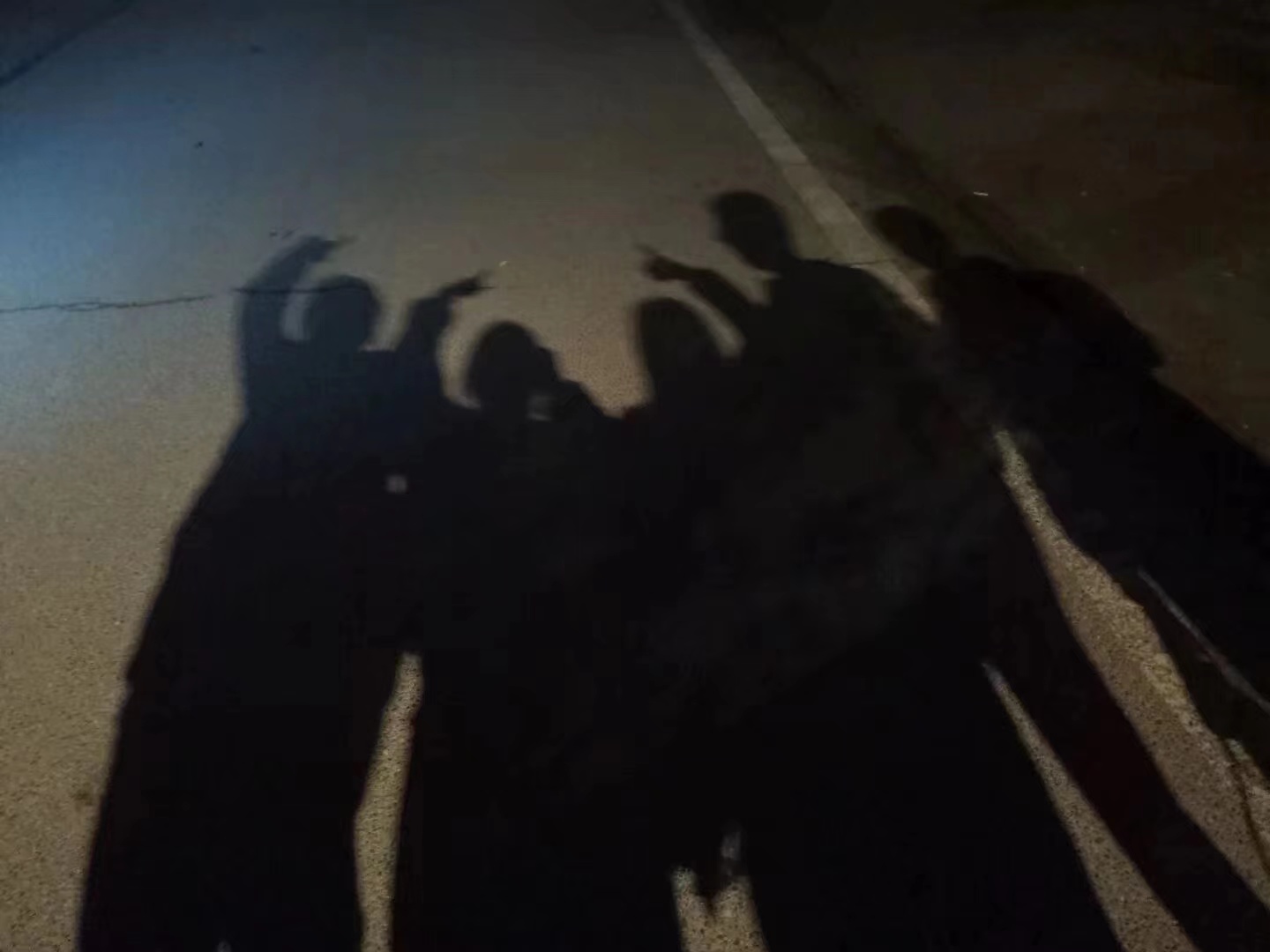
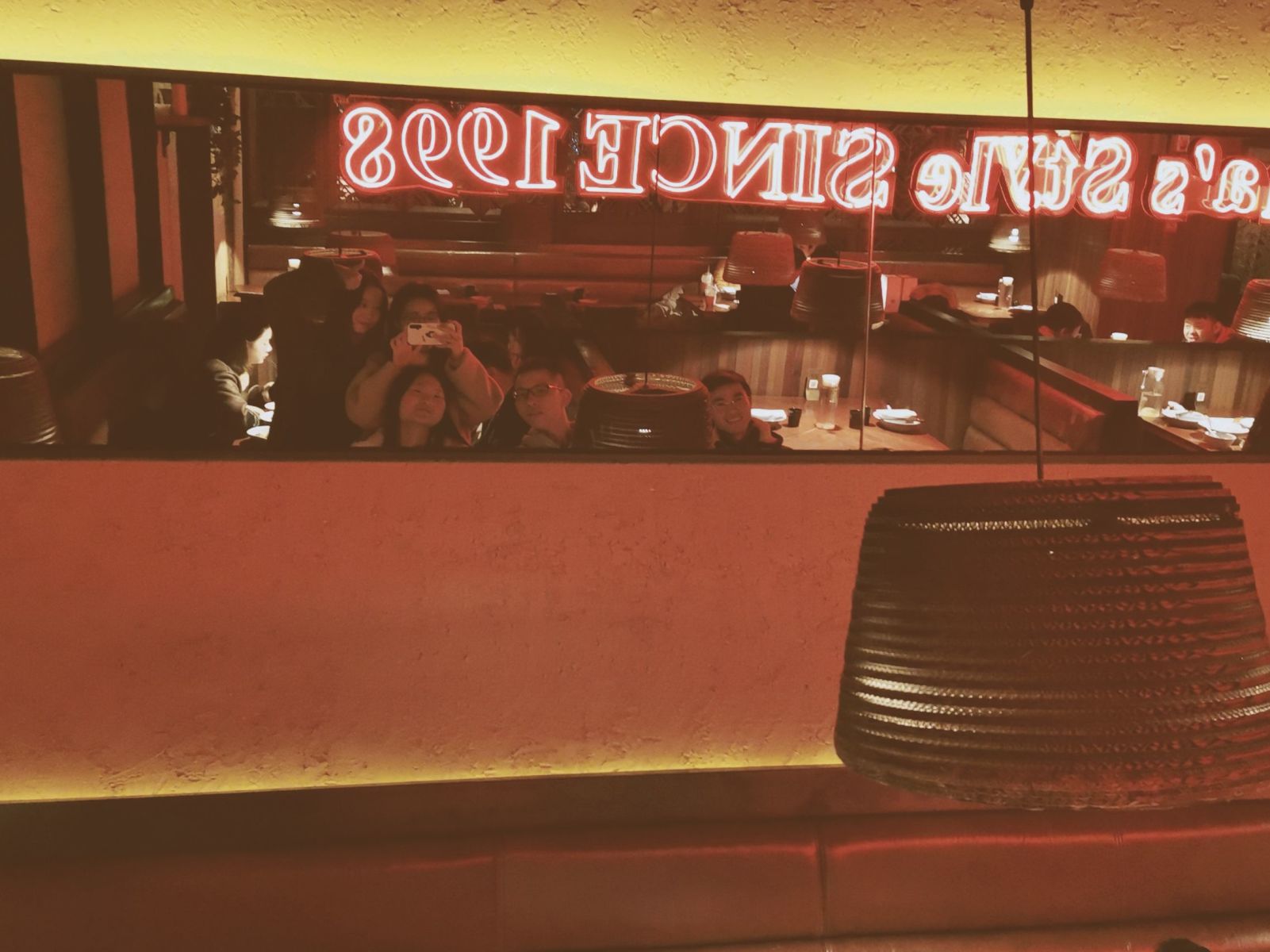
We named our analysis platform 博士之家 (Home for doctors), as a good wish that we might all someday earn doctoral degrees. Here should be a screenshot. Unfortunately, a server failure in late 2022 caused irrecoverable loss of the data stored in my server. When I retired my old ASUS laptop in early 2022, I lost my local backup copy of the database during a data transfer as well.
The first segment of our project went on uninterrupted throughout the lockdown period. Through this experience, I gained more experience in analysis and manuscript drafting and developed new data science skills. One paper was published with me as the third author; another unpublished work received positive feedback from our supervisors. I was able to take on more responsibility for analyses and manuscript drafting, developing new data science skills in the process. Despite the circumstances, we were able to share our ideas effectively.
My transformative period in the pandemic
Prior to the lockdown, I self-studied various biology-related and cognitive science to gain a better understanding through books and hands-on experience. Speaking of my interests, my curiosity led me to self-study various biology-related disciplines and cognitive science prior to the lockdown, gaining a better understanding from books and hands-on experience. I thoroughly read Biological Psychology by James Kalat, which provided me with extensive insights into the biological foundations and functionality of cognitive behaviors like sensation, vision, emotion, memory formation, and learning.
I also deeply explored influential works to enhance my research skills and critical thinking abilities, such as Design and Analysis: A Researcher’s Handbook by Geoffrey Keppel, and Research Methods, Design, and Analysis written by Larry B Christensen.
The lockdown provided me valuable time to dive deeper into books, which significantly deepened my conceptual understanding of methodologies and statistics. As a result, I became much more knowledgeable about research approaches. The emerging field of cognitive science fascinated me during this intensive period of self-study. After the lockdown ended, I was thrilled to propose a thesis topic integrating psychology and neuroscience perspectives, which my supervisor also found interesting and worthwhile.
I am most motivated by questions related to why humans behave in certain ways and the mechanisms behind them in cognitive science and behavioral studies. My knowledge allows me to investigate and answer behavioral questions. Despite this, finding solutions to innate physiological processes remains challenging. It was clear to me that advanced neuroscience research would provide the tools to examine the fundamental functions, activated brain areas, and molecular-level activities behind all kinds of behaviors. Therefore, I was motivated to pursue a master’s degree in neuroscience by this unknown.
During my preparation for the Kaoyan, I surprisingly encountered a book by accident in my university library, which titled Understanding Psychology as a Science: An Introduction to Scientific and Statistical Inference by Zoltán Dienes. This book clearly illustrated the main concepts and debates around the Philosophy of Science. In addition to what constitutes science, the foundations of modern science, and conditional probability interpretations, this book covers a wide variety of topics that challenged me to rethink some assumptions and question my previous beliefs. It gave me the confidence to pursue highly interdisciplinary knowledge and research in the future. I enrolled in a neuroscience master’s program after graduating.
Other experiences in my undergraduate years
In early 2021, Chengjin recommended a part-time job to me. Later, I worked as an English lecturer at my university. In this position, I instructed students who wanted to top-up and transfer their vocational zhuanke diplomas into academic benke degrees. In China, students can only transfer their degrees after passing a national standardized test similar to the gaokao, a national undergraduate admissions exam.
As a teacher, I organized course materials, delivered well-prepared lessons, and organized practice tests and assessments. For my students, I sacrificed my every minute to ensure they got the highest possible marks in their English exams, as this would maximize their chances of transferring. In addition, I took my time to review their work, answer their questions, and provide them with additional resources. Also, I always encouraged my students to ask questions whenever they needed clarification but never to fear.
While browsing the internet in my spare time, I occasionally discovered a fascinating book titled Statistics Without Maths for Psychology by Christine Dancey and John Reidy. I informally call this amazing book the Fish Book because it features a cover containing many tropical fish swimming under the ocean in the seventh edition. Initially skeptical, I was impressed by reading it. I was completely shocked by how this book explained statistical concepts without relying on many mathematical formulas.
Since 2018 when I started studying statistics, I have been tutoring classmates who needed help with challenging quantitative methods courses. Having read through the Fish Book myself, I began recommending it to many of the students I tutored and using its approach of explaining statistical techniques through plain conceptual examples to help structure my own knowledge. It would be amazingly beneficial if I could make an accessible video tutorial someday to lower the learning (and language barrier) so that statistical methods will truly be accessible to everyone, just like StatQuest.
Beyond school, I also devoted a significant amount of time to a valuable volunteering opportunity at the Jiangxia Special Education School from November 2017 to December 2019. While working at this school, I taught mental health education to children with mental and physical disabilities. Additionally, I worked as a teaching assistant in academic classes for children with physical disabilities. Through these experiences, I gained a profound empathy for people with special needs. I also gained a deeper understanding of inclusive education and increased mental health awareness.
